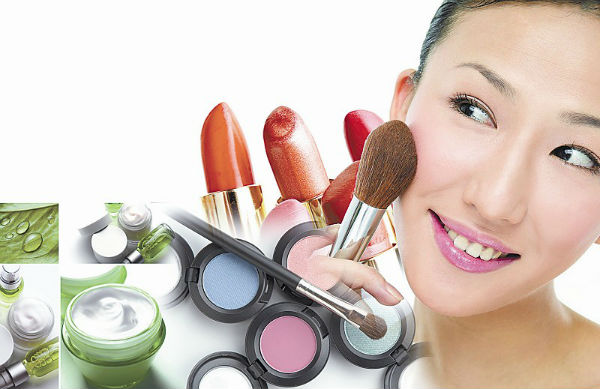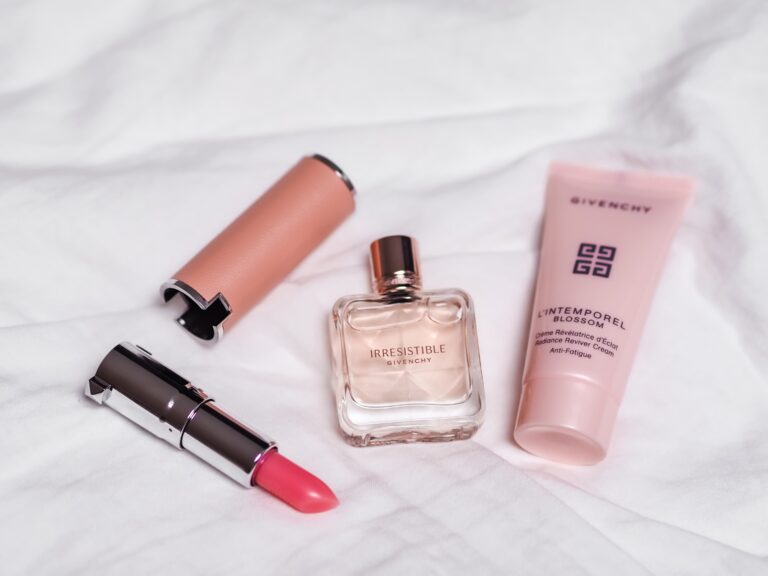This article is a summary of the perspective of views on Beauty products and Personal care in China. The most critical factor is that Chinese women in big cities are crazy about their beauty. And though men in China are still not interested in making themselves look handsome, they are keen on how their wives or girlfriend look. Even the number of women does cosmetic surgery is continuous increasing. Nowadays the whole society in China cares more on the appearance.
A brief Industry Trends
Within the Skin Care, Hairdressing and Beauty Services industry in China in 2014, revenue totaled $1.1 billion, up 6.7% for the year, with annualized growth of 6.8% since 2009. The industry accounts for 18.5% of total revenue in the Community Services sub-sector in China in 2014.
There are over 16,201 skin care, hairdressing and beauty service companies in China with more than 23,200 establishments. Some salons operate in hotels, restaurants and different locations that provide recreational services. Large numbers of salons and outlets are small in scale, providing basic services such as haircuts and the curling.
A prospective field in Beauty industry has been underestimated— Manicure
The fragmentation of current situation of Manicure industry in China is dominating. Most of the operators are individuals. According to the research of manicure in China, the general profit of this field can roughly reach 30,000,000 CNY. Even in the most fashionable city like Shanghai and Beijing, the chain stores of manicure is far less than single stores. Most of the stores take membership as an effective marketing strategy. The largest part of the cost is the payment to employees, like manicure artists. Whatever the cost of human resources in China is much lower than in Europe and America, the cost of manicure tools, like nail polish, is very low. And what customers cares about most may not be the quality of the nail polish but whether the manicure is good-looking enough and whether the service makes them feel enjoyable.
The market continues to record healthy growth
Affected by weakening momentum in economic growth in China, the industry experienced a slowdown in value growth accordingly. However, generally higher personal hygiene standards and awareness of personal grooming have led to a healthy acceleration of sales, with double-digit value growth seen in new born and children’s specific products and sets/kits, and strong value growth in men’s grooming.
New Korean Wave trend
Within the high competition within the market, Korean beauty and personal care brands have gained rising popularity among Chinese consumers. Local consumers are fascinated by the beautiful and perfect make-up saw and worn by famous actresses and actors in Korean TV dramas, leading to the rocketing demand for relevant colour cosmetics and skin care products. The Korean group Amore Pacific introduced many fast-selling brands and creative concepts, such as Innisfree, BB cushions, and Etude into the domestic market, with products endorsed by well-known celebrities in China. Priced reasonably yet with seemingly miraculous product effects, Korean brands are more and more appealing to local consumers.
Leading multinationals face high pressure from the domestic counterparts
Multinationals, thanks to their extensive product portfolios, established a brand reputation and consistent quality, have dominated the top positions, leaving only two domestic manufacturers in the top ten in 2014, Shanghai Jahwa (In Chinese上海家化) and Jala Group. The pressure on multinationals is due to venture premium-priced niche with new, high-end promotions, in addition with quickly-rising brand awareness through varied effective marketing and advertising. Such as, the joint market share of the big groups in the top ten declined in the review period since 2011.
Higher product segmentation
Thanks to higher consumer sophistication, more specific consumer needs were addressed by a series of new launches last year. Hangzhou-based Proya introduced its time-specific skin care concept by debuting its Day, Refreshing and Night, Multi-Restorative series, while L’Oréal Revitalift V-Shaper catered to consumers’ growing interest in face contouring. In addition, many new products in men’s grooming also reflected this new rising trend, such as the launch of Za Men from Shiseido in 2014.
If you like reading this article and would like to receive more about China market, contact us!
#OnlineAdvertising has a key role to play in enabling brands to engage with #Millennials https://t.co/hmn7MvOkRU pic.twitter.com/guoSJFv9jD
— Daxue Consulting (@DaxueConsulting) 19 Octobre 2015





